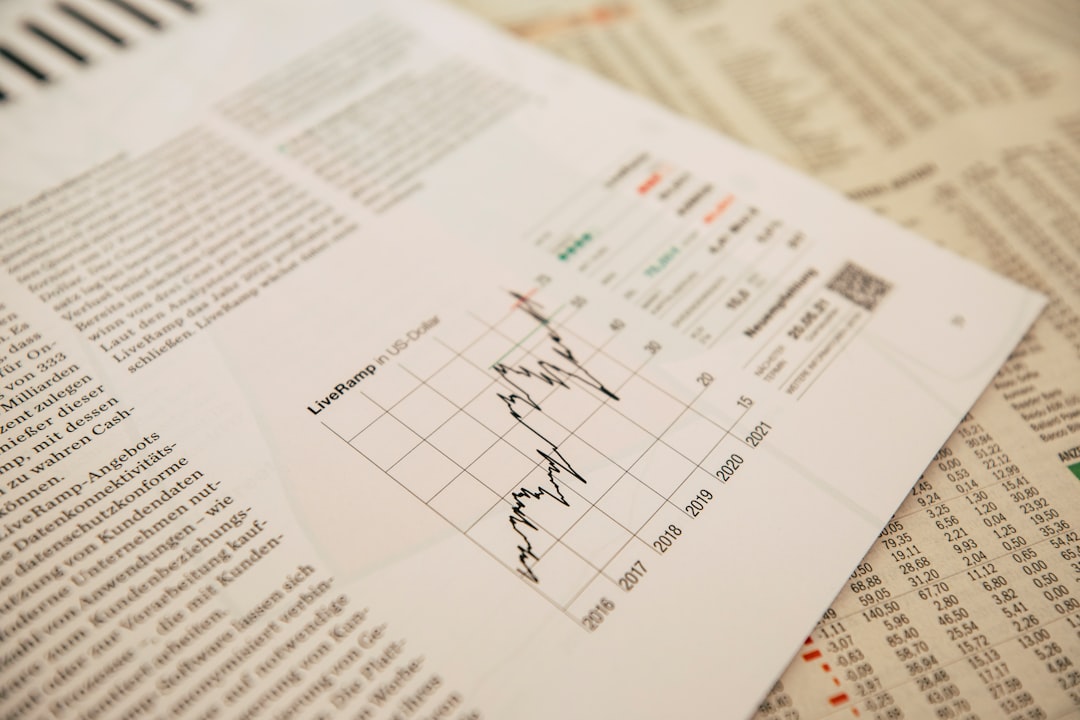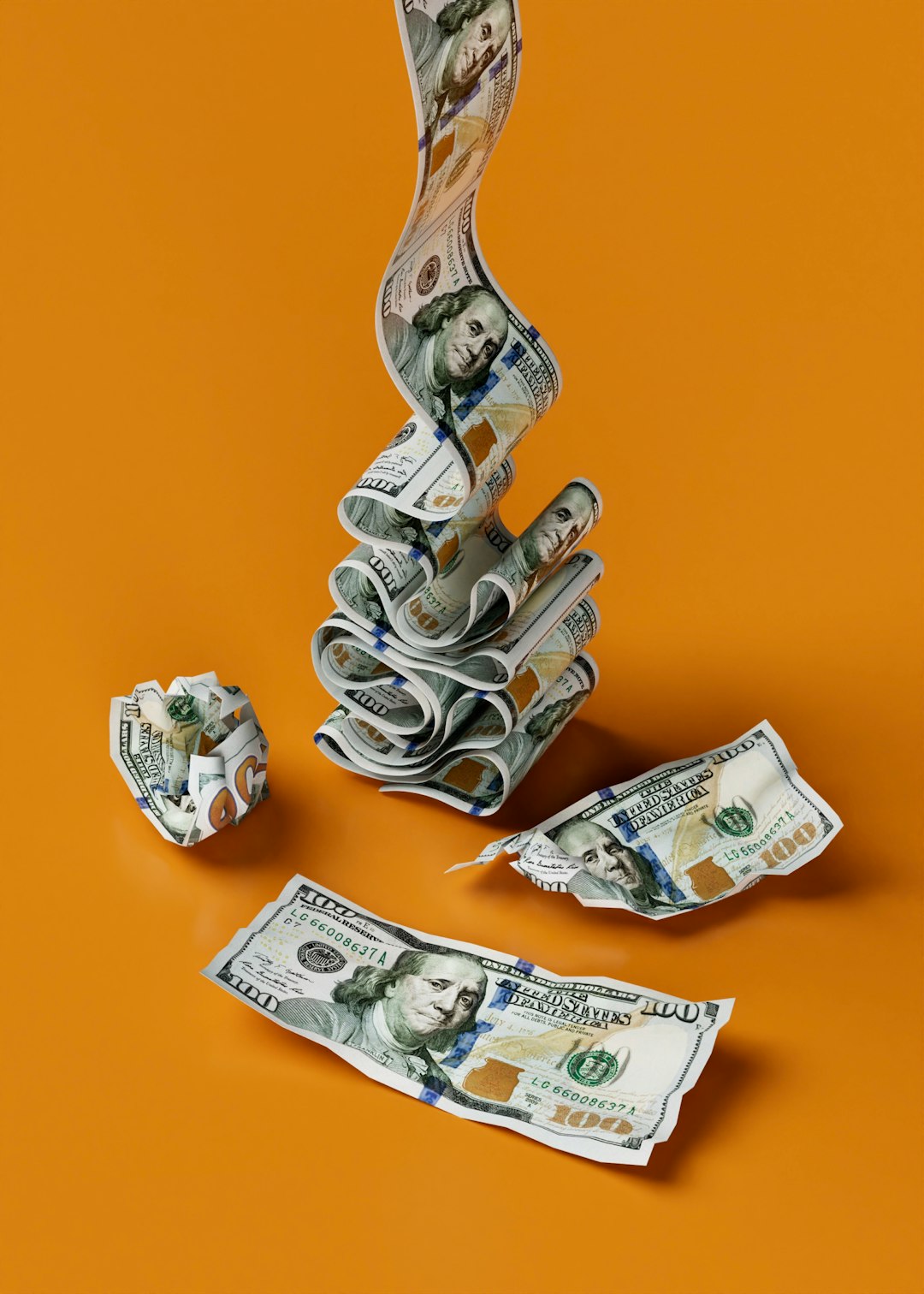When a company earns a profit, it must decide what to do with that income. A portion of these profits may be returned to shareholders in the form of dividends, while the rest is retained in the business to fuel growth, pay off debt, or save for future needs. The profits that the company chooses to keep rather than distribute are known as retained earnings. But what exactly happens to these retained earnings when dividends are paid? Understanding this dynamic is essential for anyone studying financial statements or investing in businesses.
Retained earnings are recorded in the shareholders’ equity section of a company’s balance sheet. When dividends are declared and paid, the retained earnings figure is reduced by the same amount, reflecting a payout to shareholders. This change doesn’t affect the income statement directly since dividends are a distribution of profit, not an expense.
For example: Suppose a company has $1,000,000 in retained earnings. If the board of directors decides to issue $200,000 in dividends, retained earnings will drop to $800,000. The balance sheet after dividend distribution would clearly reflect this change.

This transaction also impacts the company’s cash position—assuming dividends are paid in cash—as funds are transferred from the company’s coffers to the pockets of shareholders. Therefore, along with the reduction in retained earnings, there will be an equivalent reduction in either the cash line item under assets or another corresponding account.
The Retained Earnings Equation
The retained earnings account is governed by a simple formula:
- Beginning Retained Earnings
- + Net Income (or – Net Loss)
- – Dividends Paid
- = Ending Retained Earnings
With this formula, it becomes clear how dividends fit into the broader picture. Even if a company is turning a healthy net income, issuing large dividends can leave it with reduced retained earnings. On the flip side, if a firm retains all profits and issues no dividends, retained earnings may accumulate over time, improving financial flexibility for the business.
Types of Dividends and Their Impact
Most commonly, dividends are issued in cash, but they can also be issued as additional shares of stock, called stock dividends. Regardless of the form, both types affect retained earnings, but their treatment in financial statements may differ slightly.
- Cash Dividends: Subtract directly from retained earnings and reduce cash assets.
- Stock Dividends: Also decrease retained earnings but are balanced by an increase in common stock or additional paid-in capital.

It’s important to note that stock dividends do not affect a company’s cash flow, but they still reduce retained earnings as portions are reallocated within the equity section of the balance sheet.
Retained Earnings and Business Strategy
Companies with high growth opportunities often choose to retain more earnings and reinvest them rather than pay out dividends. This strategy is common in the technology sector, where firms need continuous funding for research and development. Conversely, established companies with steady profits and fewer growth prospects often return more profits to shareholders through dividends.
Thus, the way a company manages its dividends and retained earnings offers investors insight into its business strategy, risk appetite, and long-term intentions.
Conclusion
When dividends are paid, they reduce a company’s retained earnings by the total amount distributed. This reflects a shift in how profits are used—from reinvestment to reward, providing returns to shareholders rather than growing the enterprise. While this decreases retained earnings, it typically aligns with a company’s broader financial strategy and shareholder expectations.
Frequently Asked Questions (FAQ)
-
Q: Does paying dividends affect net income?
A: No, dividends are not considered expenses and do not affect net income. They are deducted from retained earnings after net income is calculated. -
Q: Can a company pay dividends with negative retained earnings?
A: Generally, no. Most jurisdictions require companies to have positive retained earnings before declaring dividends. -
Q: Are stock dividends better than cash dividends?
A: It depends on investor preferences and tax considerations. Stock dividends don’t provide immediate income but may be advantageous for long-term growth. -
Q: Do dividends always reduce retained earnings?
A: Yes, whether in cash or stock, dividends are paid out of retained earnings unless structured differently under rare circumstances. -
Q: How do investors use retained earnings information?
A: Investors analyze retained earnings to understand a company’s reinvestment strategy and its ability to fund growth or pay dividends in the future.